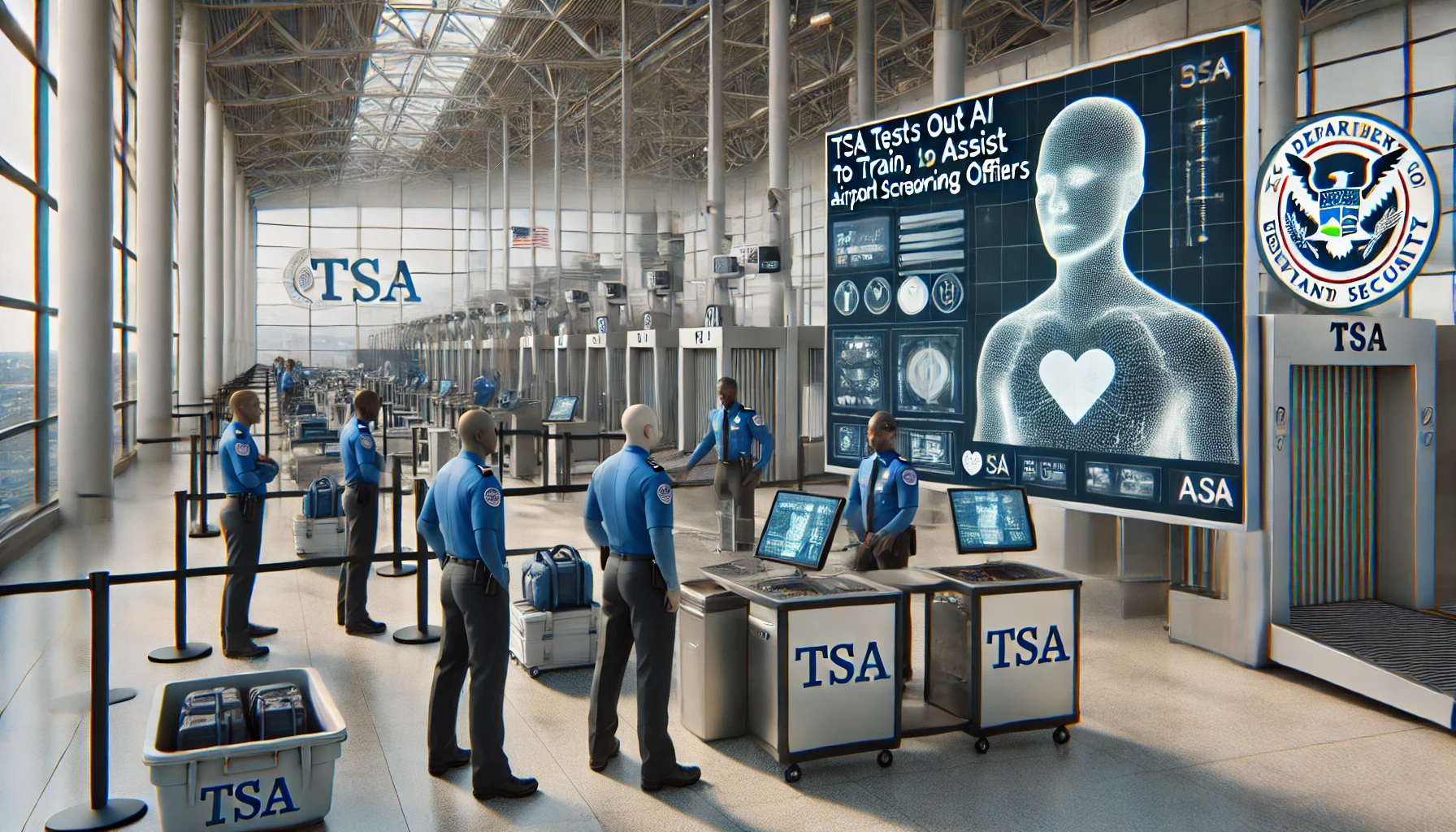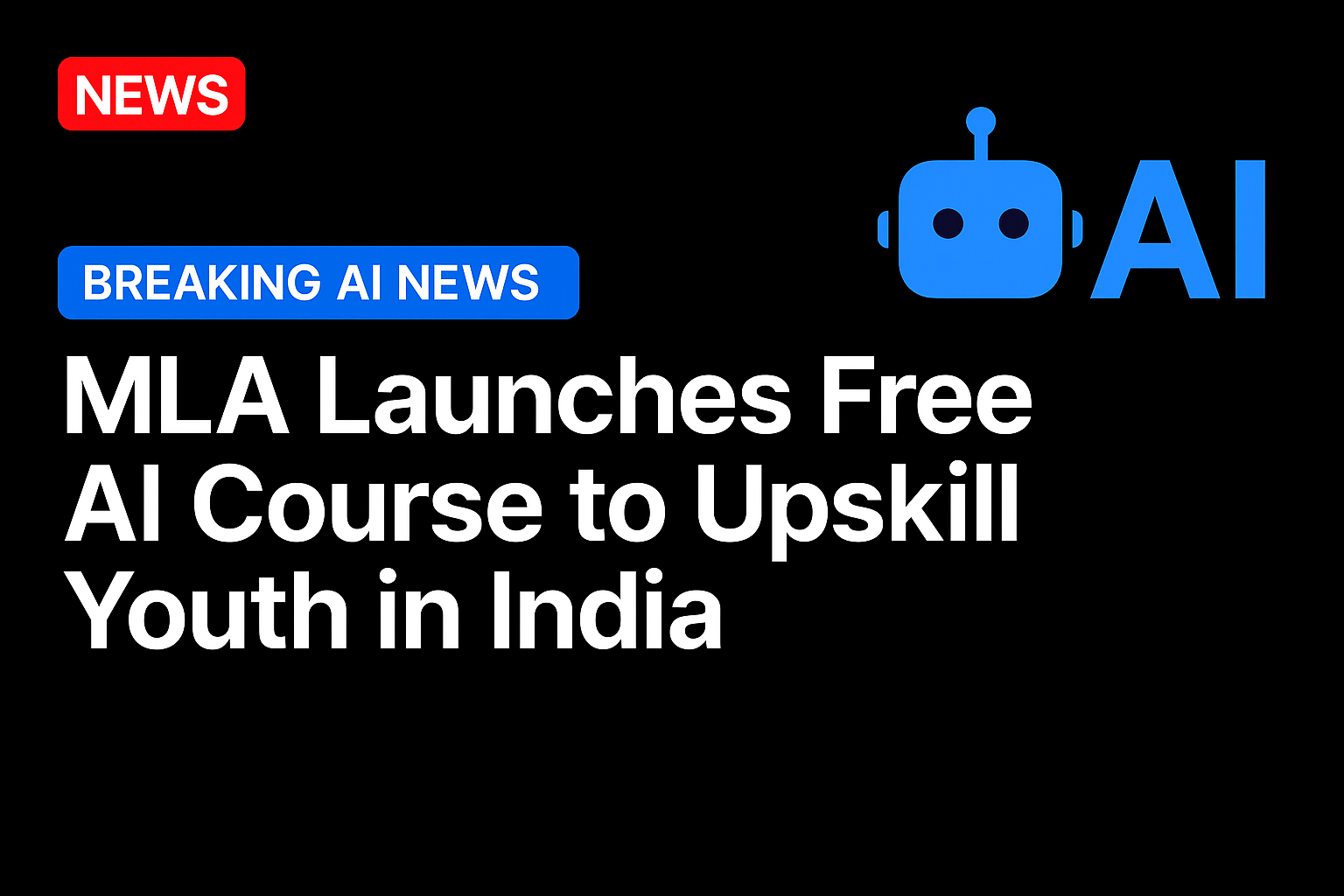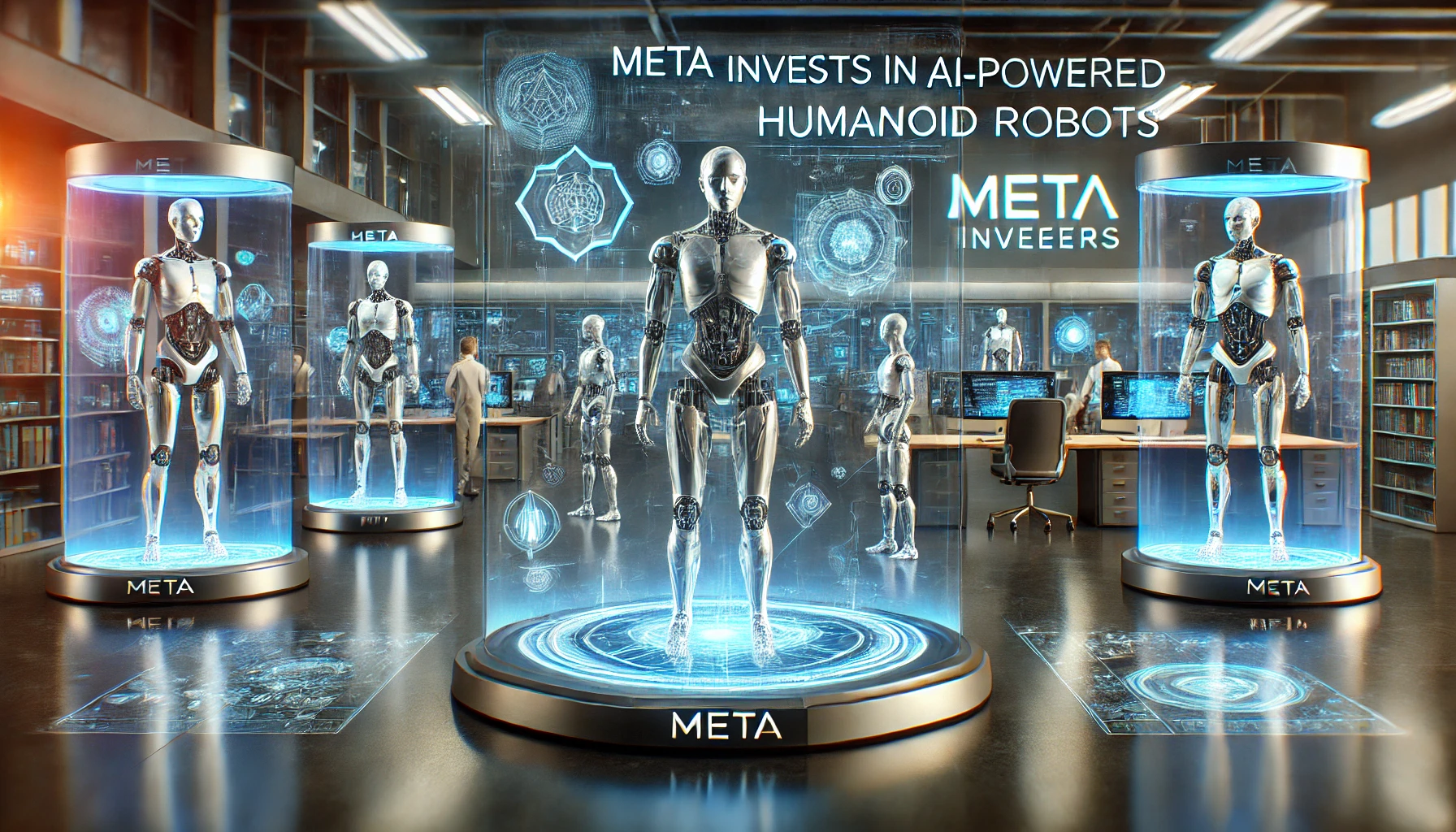The Transportation Security Administration is developing an internal artificial intelligence chatbot, while also relying on its innovation lab to do “hands-on” tests of different AI use cases.
Kristin Ruiz, deputy chief information officer at TSA, said the agency’s IT office has focused on training and educating its existing personnel on artificial intelligence, while partnering with other Department of Homeland Security components and industry.
“We’re looking at all the options available to us to see what we can do for the biggest bang of our buck,” Ruiz said during an April 17 breakfast hosted by AFCEA Bethesda in Tysons Corner, Va. “We can’t necessarily add, at this time, tons of staff or large contracts for this, so we’re trying to do what we can with what we have, and we’ve been pretty successful so far.”
DHS has been aggressive in exploring the use of AI across the department, but current policy forbids DHS employees from entering anything more than information that’s already public into commercial generative AI platforms.
In December, the department rolled out “DHSChat” for internal use on more sensitive data. At the time, the chatbot was available to 19,000 users at DHS headquarters and select pilot users across 10 DHS components.
Ruiz said TSA has also separately invested in its own chatbot called “TSA Answer Engine.”
“That is more for the folks in the field to be able to ask it questions related to standard operating procedures — not really to generate specific documents or reports,” Ruiz said. “More to get quick answers out in the field to a specific regulation or policy question that they have.”
The internal chatbot is listed among several pre-deployment AI use cases in TSA’s inventory. Contracting records show TSA awarded Deloitte $3.9 million last September to develop Answer Engine as part of a blanket purchase agreement.
Ruiz said TSA is also using its “innovation lab” to advance new AI use cases. TSA established the lab headquarters last January.
“We bring in our partners not just to discuss specific use cases and to look at their technology, but to help folks in the field be able to see how they could automate something that they may have not considered before as an IT issue,” Ruiz said.
She said the lab recently worked with an industry partner to test using “virtual reality in combination with ChatGPT personas” for training transportation security office
“It was interesting, because when they did the training, you never knew what ChatGPT was going to do. You could run through the same scenario, but each officer might handle it differently and get a different response,” Ruiz said. “Some could get the hologram to comply, and some couldn’t. It’s quite interesting to see that ability to do that training, and it gave them confidence so that when they go into the actual field, they’re able to handle different scenarios. And it’s definitely interesting to be able to pivot towards leveraging technology for that use case.”
Ruiz also pointed to another use case: TSA officers can encounter situations where they need an expert’s help when screening a person or item.
“There’s not always an expert at every airport,” Ruiz said. “And so what tends to happen is the officer tries to juggle a cell phone in one arm and trying to maneuver a test of some sort with the other, and no one can see what they’re doing.”
Ruiz said TSA’s innovation lab has experimented with equipping screening officers with “virtual reality goggles” that allow an expert to “view through the goggles and be able to see what they were doing and direct them, and be able to zoom in to the specific testing and see how the coloring came out, and to direct that officer on how to resolve the issue right there.”
“So that has made large improvements, and that came from one of several different opportunities that we host on a regular basis at our lab,” Ruiz continued. “So being able to get hands on and not just talk about a product that exists, but actually work through a use case, live with someone from the field has made all the difference in the world.”
Source: https://federalnewsnetwork.com/





